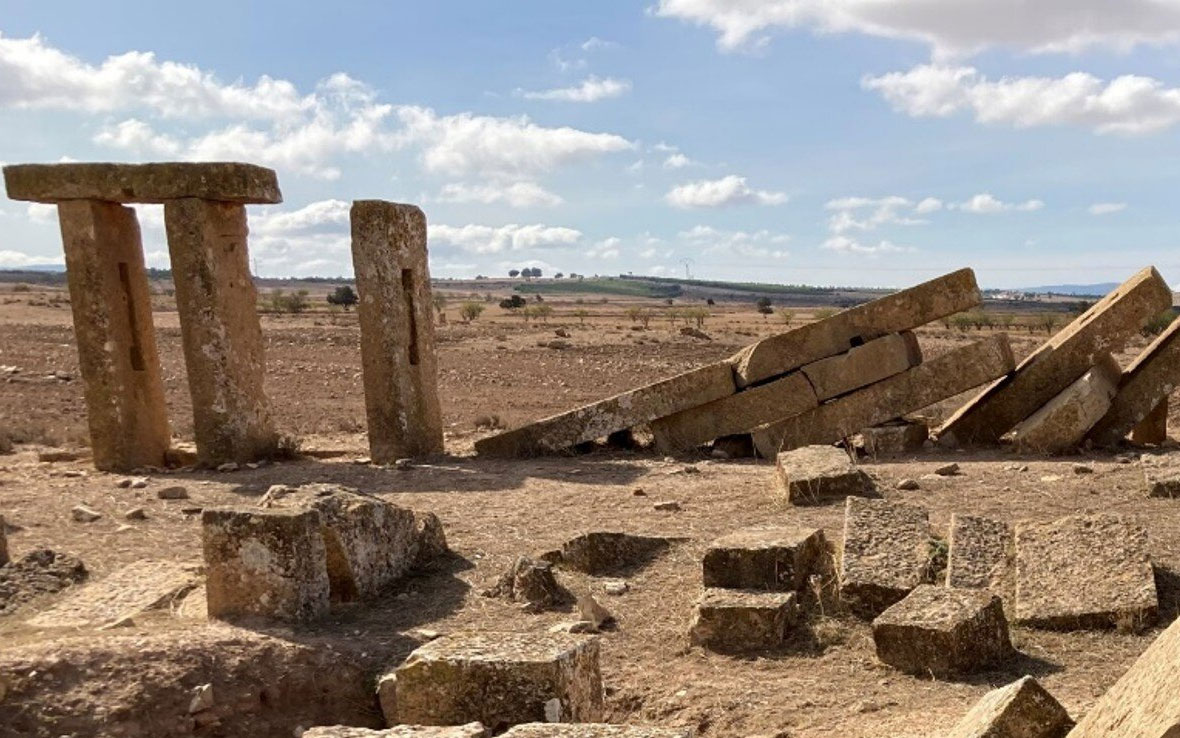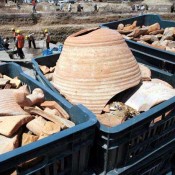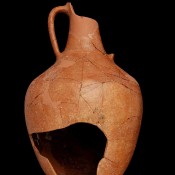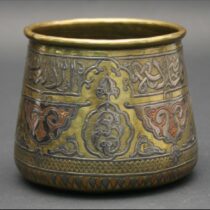In the Kasserine region of Tunisia archaeologists digging in the area of ancient Roman Cillium, on the border with present-day Algeria, brought to light the second-largest Roman olive oil mill in the Roman Empire.
The excavations, co-directed by the Ca’ Foscari University of Venice, focused on imposing structures linked to oil production. Among the facilities discovered by archaeologists, are two torcularia, one of which is Hr Begar 1, the aforementioned second-largest in the Empire.
The area under excavation is characterized by high steppes and a continental climate which is considered ideal for cultivating olive trees. Olive trees were a vital resource for the economy of Roman Africa, so Tunisia was the main oil supplier of Rome.





